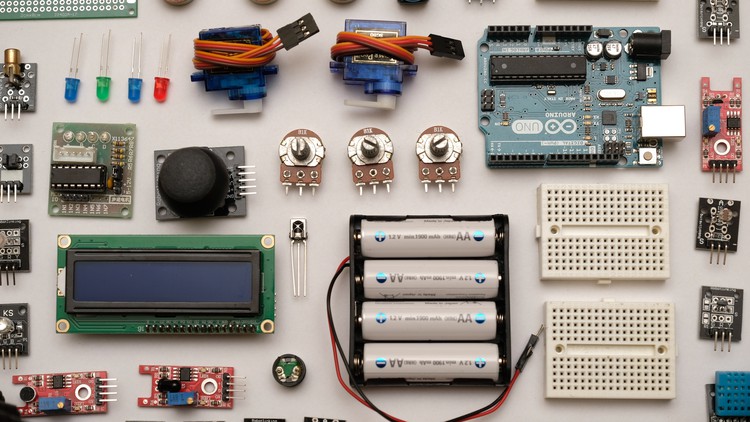BEEE || Basic Electronics and Electrical Engineering ||
Introduction to Basic Electronics and Electrical Engineering
4.00 (3 reviews)

408
students
7 hours
content
Oct 2021
last update
$49.99
regular price
What you will learn
Students will learn basics of Electronics and Electrical Engineering
Screenshots




Related Topics
4078296
udemy ID
5/26/2021
course created date
5/30/2021
course indexed date
Bot
course submited by